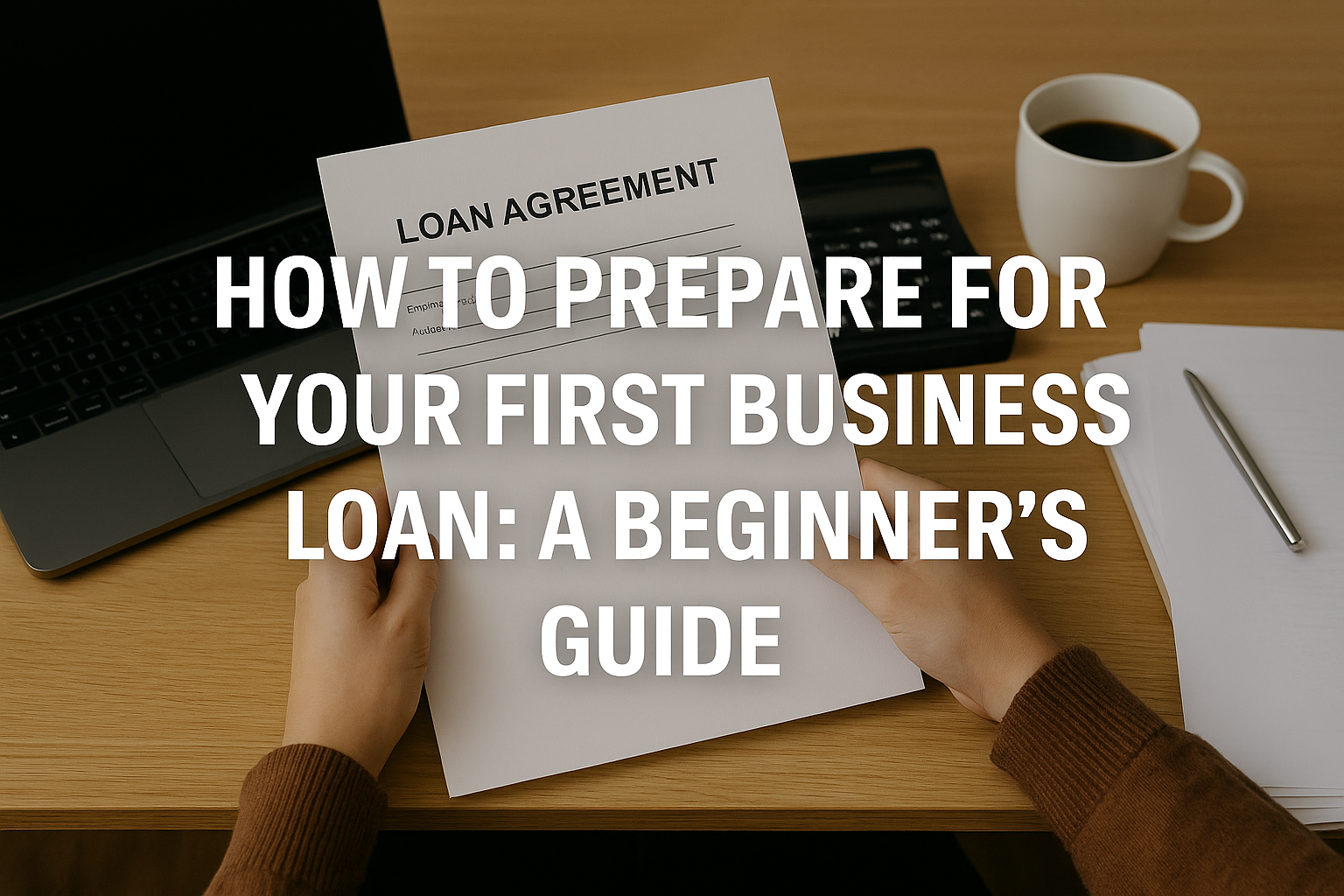
Whether you are a freelancer, startup creator or small business manager, there comes a time when personal funds and initial assistance (grants, love money, microcredit...) are no longer enough. Professional borrowing then becomes a strategic lever for:
Before even knocking on a bank door, it is essential to clearly answer two questions:
-> Advice: prepare a forecast table listing each planned expenditure.
The business plan is Sesame To convince the banker. It must demonstrate that:
A financial forecast on Minimum 3 years is highly recommended.
Professional loans must be sustainable. For this:
-> Show your banking partner that you have planned a “plan B” if the income is slow to arrive.
There are several options depending on your needs:
During the appointment, expect specific questions:
-> Prepare your answers as if you were passing a Oral exam.
A Good Project Is Not Enough: The Bank Is Also Looking The Project Leader.
In 2025, there are other options if the bank is cautious:
Preparing your first professional loan is not an impossible mission, but it requires Rigor and Foresight. The more clear, quantified and realistic your file is, the more you will maximize your chances of obtaining financing under good conditions.
-> In summary: Clarify your needs, prepare your figures, take care of your profile and open yourself up to alternatives.

A detailed business plan, a financial forecast, the statutes of the company and proof of income.

A clear vision of the project, a realistic reimbursement plan and, if possible, guarantees or a personal contribution.

Traditional bank loans, microloans, honor loans and participatory financing.

By centralizing financial flows and providing clear indicators that facilitate the presentation of the file to banks.